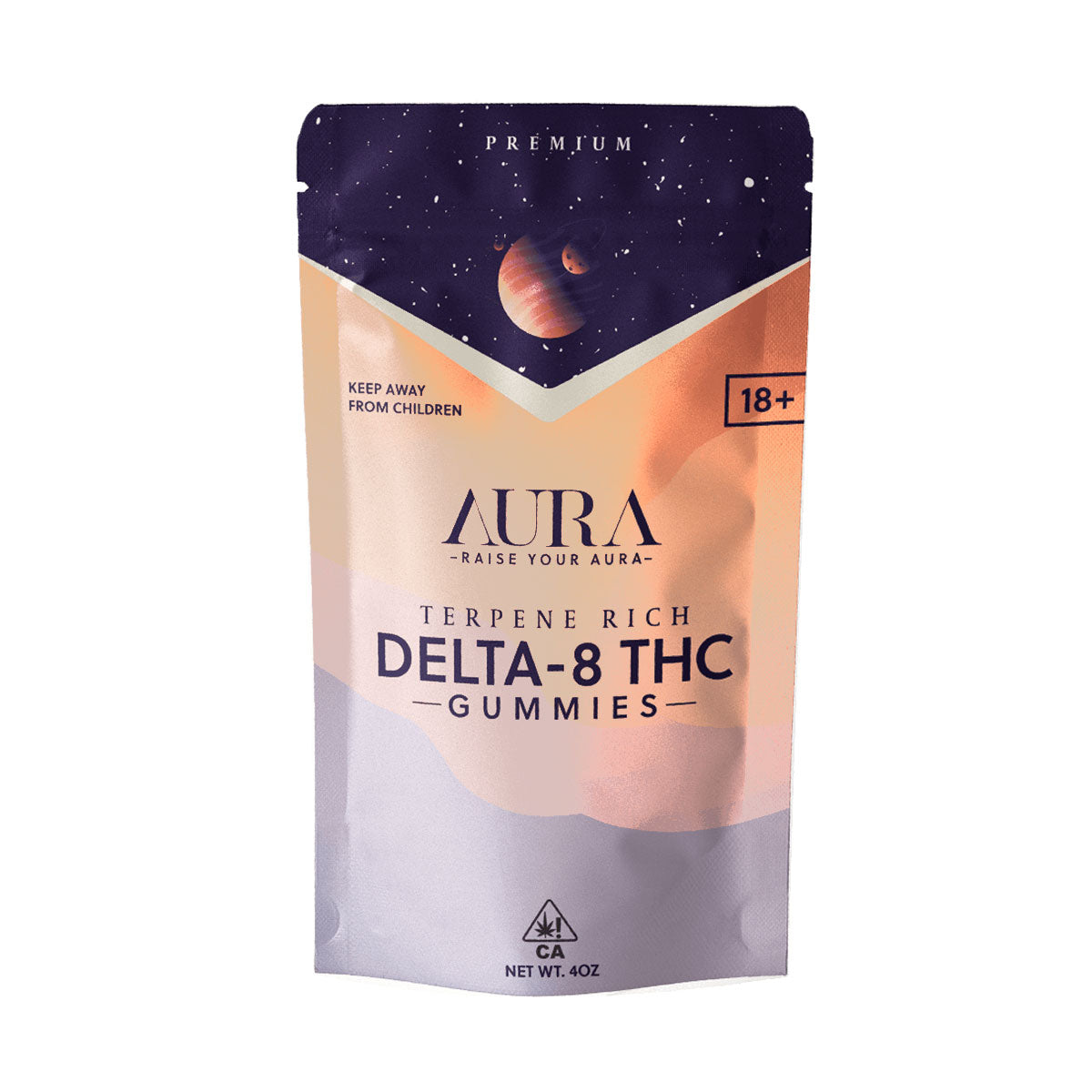Pots and Pets: What You Need To Know

Marijuana and Your Pet - A day before the veterinary appointment to put her dog to sleep, Wendy Mansfield decided to try the last resort to relieve the chronic pain of her 15-year-old Labrador mix: cookies from a marijuana pharmacy made especially for unwell dogs.
Kali, a mild-mannered 80-pound rescue, was never much of a grumbler. However, according to the veterinarian, she often licked her paws —an obvious sign of pain. This was usually accompanied by a cough because of her fur that fell off and got in her throat. After 20 minutes with one cookie, licking suddenly stopped.
Seeing this, Mansfield, who lives in Fort Bragg, California, gave her dog a second cookie and a third cookie. Unenergetic and gloomy, Kali stood up, drank water, and went outside. Recently, she couldn't do this without whimpering or an obvious indication of discomfort.
Mansfield then called the veterinary to cancel the appointment. That was three weeks ago. She never expected this in her dreams. "It brought my dog back," she tells Quartz.
As marijuana flourished into a big business in the United States, a new segment of the aging and sick pet market grew under the radar. The legal cannabis market generated $ 2.7 billion in revenue in 2014, and the industry will generate more than $ 10 billion in revenue by 2018, according to estimates by the ArcView Group, a network that connects investors with cannabis start-ups.
However, the pet pot market is breaking new ground. The legal gray area poses a challenge for companies looking to sell and distribute cannabis-derived animal products. Insufficient scientific support and industry guidelines are also present. Still, it doesn't stop desperate pet owners and investors like Mansfield from boarding. Learn more about cannabis for pets by visiting our website at evolutionofhealing.com.
FREQUENTLY ASKED QUESTIONS
CBD capsules, pills or softgels support your body’s Endocannabinoid System (ECS), which helps regulate your natural inflammatory response, stress response, immune function, and sleep cycle so you can better manage stress, burnout, irritation, and discomfort.
Each form of CBD takes a different route through your body, impacting how long it takes to interact with your Endocannabinoid System (ECS) and how long it takes to work varies depending on a combination factors: metabolism, weight, and whether you've recently eaten can influence how long it takes CBD capsules to take effect. It is important to note that CBD builds up in the body over time, meaning that committing to your daily suggested amount is key to the long-term success with your CBD product of choice. Try taking the recommended amount on the packaging for 30 days. You can always adjust the amount as needed — you know your body best.
Understanding the suggested amount of CBD for you starts with understanding how CBD interacts with the body and brain, and particularly with the Endocannabinoid System, also called the ECS. To learn more, checkout How Long Do CBD Capsules Take To Work?
CBD capsules and CBD softgels are best taken at a consistent level for you to understand what works best for you — you know your body best. Try starting with the recommended amount on the packaging, and monitor how you feel over the next 30 days. If you aren't satisfied with the results, try gradually increasing or decreasing the number as needed.
Selecting a CBD product is an individual decision based on your overall wellness goals. CBD capsules are easy-to-swallow pills similar to a vitamin so you don't need to guess how much to take. CBD oils, such as tinctures, commonly use carrier oils including olive oil or medium-chain triglyceride (MTC) from coconut or hemp seed oil which might not taste good. And let's face it, oils are a little messy, and measuring out a precise amount from a small bottle with a dropper might not be an easy task. Unless the CBD in a CBD oil has been optimized for bioavailability, CBD oils won't be absorbed by the body and all the benefits may not be felt.

